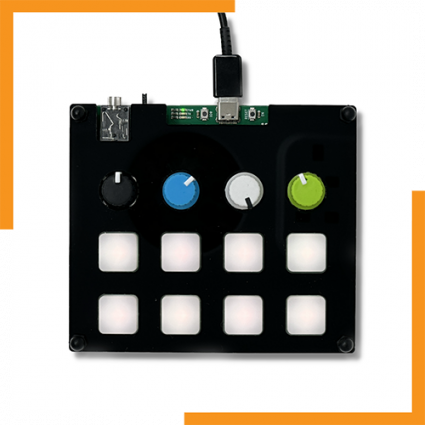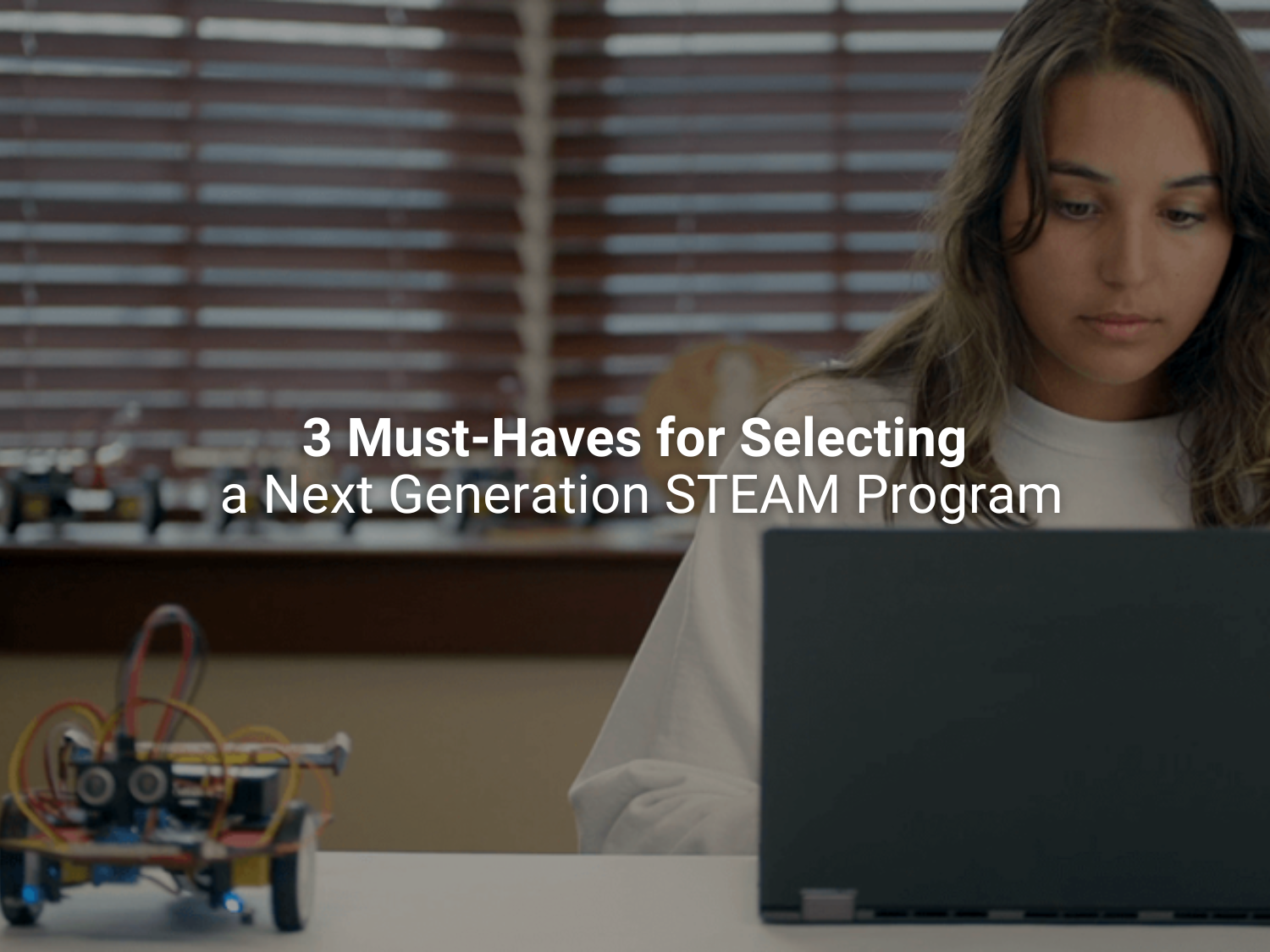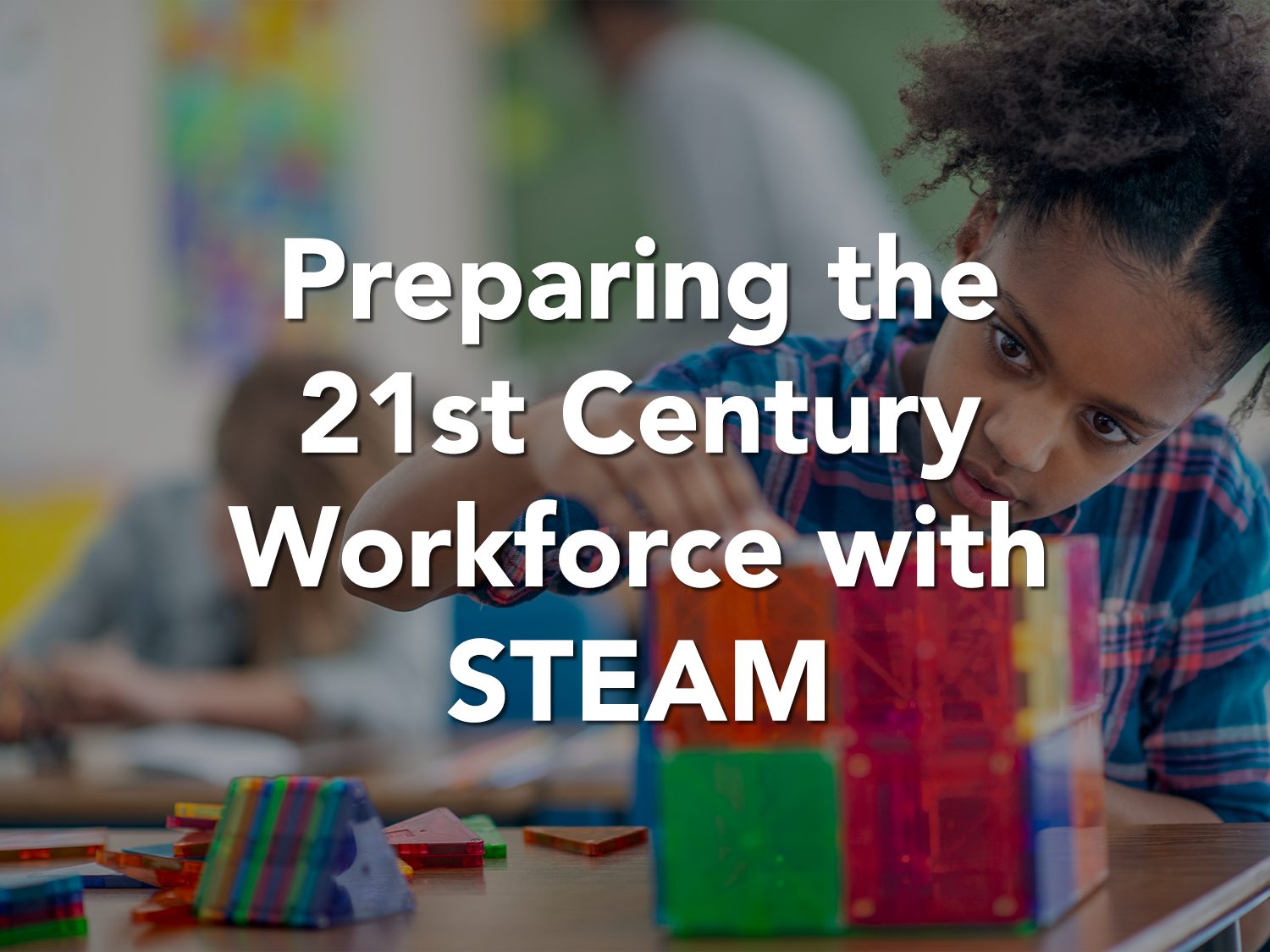STEAM Education and the Music Classroom
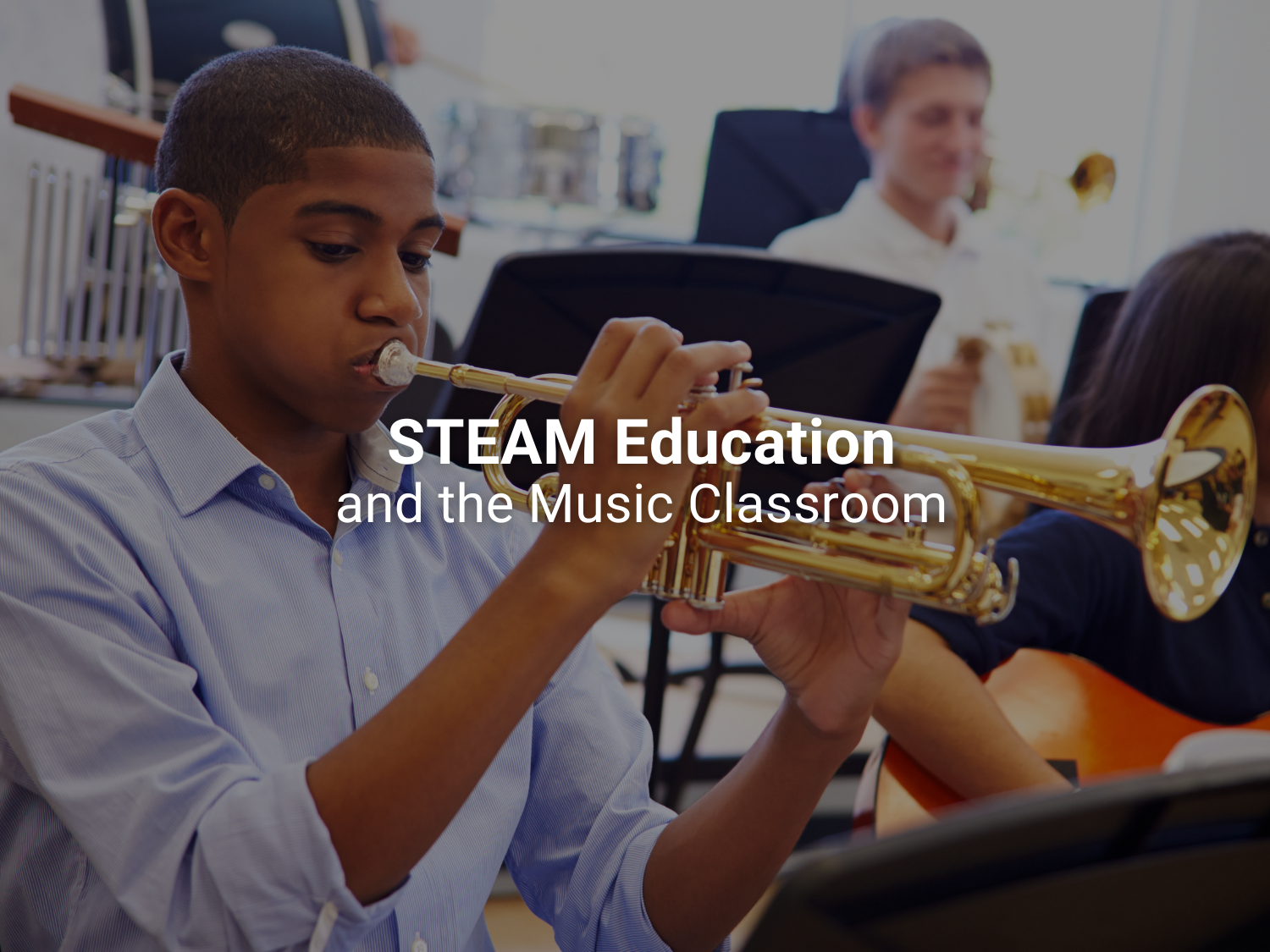
Music is highly beneficial to students – and every educator knows how children enjoy it. Research demonstrates that music education positively impacts academic performance, assists in developing social skills, and provides an outlet for creativity that is crucial to development.
In this article, we’ll explore how educators can weave STEAM education into the music classroom and get expert advice from Francisco Dean, a high school digital music teacher at the University of Chicago’s Lab School.
Finding Harmony with Music and STEAM Education
Mathematicians, scientists, composers, and trained instrumentalists can often see how these respective fields are related. Gottfried Wilhelm Leibniz, a world-famous mathematician, once said “music is the pleasure the human mind experiences from counting without being aware that it is counting." English writer Aldous Huxley was quoted saying “after science, that which comes nearest to expressing the inexpressible is music.”
When considering the creative, technological, and pattern-based approach a musician takes when creating or composing a piece, it becomes easier to understand how intricately STEM/STEAM ties into music. The human brain takes a similar approach to creating music as it does to solving a math problem or conducting a science experiment. Many educators have embraced the similarities and nuances involved in teaching music in tandem with a STEAM education program.
To illustrate how this can be successfully accomplished we sat down with Francisco Dean—jazz musician, composer, and digital music teacher—to discuss how he combines music and technology in his classroom.
Connecting STEAM and the Music Classroom
Francisco Dean’s path to digital music started with traditional instruments. As a student, his interest in playing the French horn and composing led him to teach music. He discovered the teaching moment he most connected was when a struggling student would persist through a challenge and have that “Aha!” moment of connection.
Today, Francisco teaches high school digital music at the University of Chicago’s Lab School—one of only a handful of schools in the U.S. that offer this type of class. He’ll be the first to tell you, he did not originally seek out digital music. In fact, he was a self-described digital-music-doubter who originally did not think much of this approach to the art form. How could digital music possibly compare to the improvisation and collaboration that jazz inspired? Thankfully, those doubts did not stop him from finding out. He took this opportunity to learn something new and in addition to the digital music classes he teaches during the day, has since created an inspiring and innovative afterschool ensemble that has captured his students’ and community’s attention.
Francisco’s doubts about digital composing were based on the perception that it was counter to Jazz. On the surface, digital music involved little human interaction and the piecing together of pre-recorded instruments. After some research however, he discovered the potential for commonalities between tradition and technology. Both could foster improvisation, exploration, and the organic flow of one idea inspiring another—key ingredients for a great jazz band and STEAM classroom! From this research was born the Electro Acoustic Ensemble.
Inspired by the Princeton Laptop Orchestra, the Ensemble is the marriage of makerspace, music, and computer science. Students have the option to be involved in whatever stage(s) of the collaboration interest them. Some students use woodworking, circuitry, and computer programming skills to build the hemisphere speakers—an innovative speaker made from IKEA salad bowls and electronic parts that radiates sounds in the round rather than one direction. Students can also participate as composers by digitally manipulating recordings and then coding devices so they can be played like instruments. What makes the ensemble different from traditional digital music comes next; rather than performing solo, a collective of musicians form perform together.
In the classroom, Francisco’s teaching style is hands-on. His students’ experience with music ranges from attending performances to playing instruments, but many are new to music technology. Through structured lessons and prescribed projects, he helps students understand the fundamentals of music—balancing this with free days for students to explore their ideas and collaborate with classmates.
Francisco acts as the “Producer” by helping students present their original artistic intent as closely as possible. He guides “Show-and-Tells” in which students share their projects and thought process with classmates for feedback, ideas, and to reinforce lessons. If a student gets stuck, Francisco equips them with the tools to problem-solve, such as a video or textbook resource. It’s also an opportunity to encourage collaboration with peers of different learning styles to help one another make connections.
Tips for Teaching Music for Non-Musicians
Shaped by his experiences with his music classes and the digital ensemble, Francisco’s musical path has come full circle. Outside of the classroom, he’s now exploring how digital music can complement tradition by adapting technology to his trumpet, playing his horn through electric guitar effects pedals (his newest brainchild he hopes to develop into a curriculum for his students). Although Francisco did not set out with a specific directive to add STEAM to his classroom, his approach to teaching and his curriculum embodies this methodology and he has some excellent advice for educators:
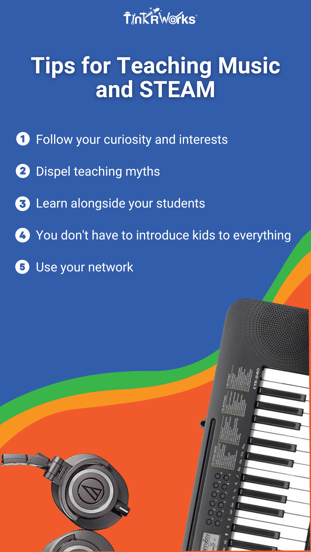
- Follow your curiosity and interests: Bring what you learn into your classroom!
- Dispel teaching myths: You don’t have to know everything going into a new class. For Francisco, his introduction to digital music was intimidating and felt like entering a classroom that “looked like NASA’s mission control,” but in very little time he learned about the technology and discovered ways to innovate and make it his own by engaging.
- Learn alongside your students: We’re in a society where kids are learning and seeking out answers on their own anyway.
- You don’t have to introduce kids to everything: Find common ground where you’re showing them how to use stuff they're familiar with in a way they haven’t before.
- Use your network: You don’t have to do this on your own. Collaborate with friends and colleagues along the way and learn from their knowledge and experience.
Getting Started
Discover the fundamentals of coding through music with our new project, TinkRsynth!
With TinkRsynth, grades 6-8 students create a sound mixing board to produce, manipulate and synthesize sounds. They do this by programming the board to combine various electrical signal waves together to create their unique instruments. Along the way, they explore the properties and physics of sound waves and use their instrument to learn about rhythm, chords, melodies and to compose and play their own music. This project makes a great addition to the classroom, afterschool and summer programs.
-1.png?width=350&height=89&name=TinkRworks%20Logo_Learners%20to%20Innovators%20V2%20(1)-1.png)
